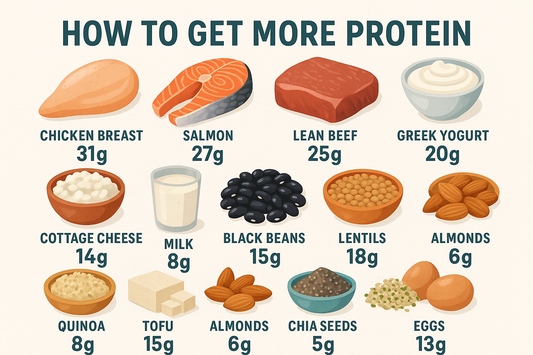Super-setting
Supersets, in a nutshell, require executing two exercises nonstop. For further intensity, you can strive to complete three sets consecutively, otherwise known as tri-sets. It may take a certain amount of time to amass the resilience crucial to executing a great deal of supersets, but this kind of conditioning matures the more you strive to do it. In reality, there are two methods in which you can utilise supersets. First of all, you can execute two exercises one by one that target the matching area. On the other hand, you can work two varied body parts. Super-setting within the same muscle cluster maximises the volume of work that can be done in a particular amount of time. If you carry out a marginally different movement, that specific muscle group can continue to be trained without too much of a hassle. To implement this appropriately, though, you need to start with the most challenging exercise and then go to one that is less perplexing. Super-setting two different body segments, such as back and chest, or triceps and biceps, lets one muscle cluster to rest while you are working the other, allowing you to exercise uninterrupted, which is perfect for conditioning (both muscular and cardiovascular).
The Strip Technique
The strip system involves decreasing the load you are using as you start to take a plunge (performance-wise) at the end of a set, so that you can carry on and execute additional repetitions. Without a doubt, just because you cannot carry on at a certain load, it does not automatically mean that it holds true at a lighter load. A key thing to note is that you should never use the strip technique at the commencement of an exercise when you are reasonably well-rested, only for your last set. Since the adjustments in weight must be made promptly so that the muscles don’t have time to recuperate, it helps to have a working out partner ready to remove plates off the bar or change the pin of a machine. Thus, instantly after having failed, your partner quickly decreases the load so you can go on for the foreseeable future. You shouldn’t lessen the load too much, though, unless you are striving for definition more so than raw muscle mass. A variation of the strip method, otherwise identified as ‘Running the Rack’, involves a person carrying out a set with a particular load until muscular failure, then moving on to the next in line (lighter). This process is repeated until ultimate muscular failure is reached.
Bibliography
Hoffman, Jay. “Resistance Training.” NSCA’s Guide to Program Design. Champaign, IL: Human Kinetics, 2012.
Housewright, Ed. The official Gold’s Gym guide to getting started in body building. New York: McGraw-Hill, 2005.
Schwarzenegger, Arnold, and Bill Dobbins. The New Encyclopaedia of Modern Bodybuilding. New York: Simon & Schuster, 1998.










